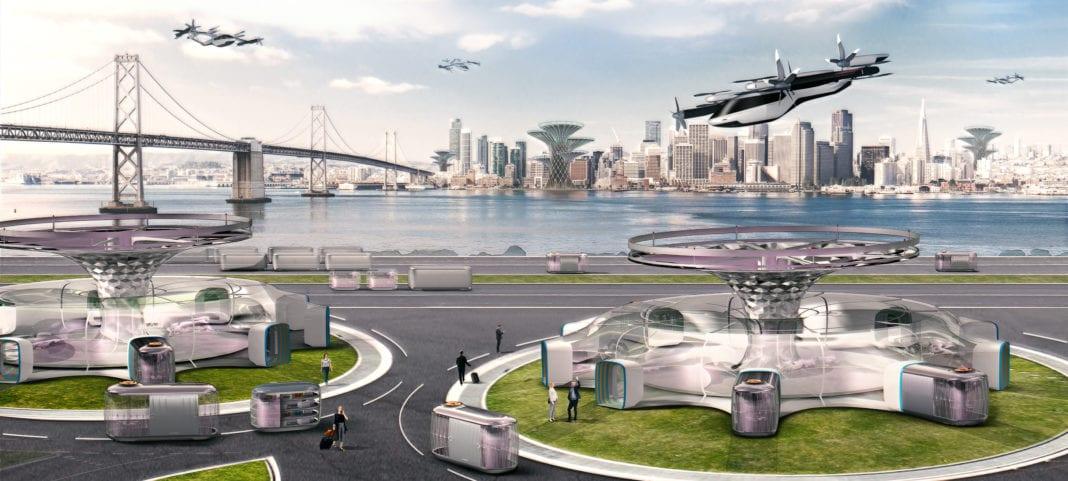Home » Technology »
X-Team D2D
The EU’s Project to Plan, Design, and Build a Seamless UAM Travel Experience

The EU’s X-TEAM D2D project met in December 2021. The team, organized by the Scandinavian Simulation Society (SIMS), Finnish Simulation Forum (FinSim), Finnish Society of Automation and University of Oulu, during the Federation of European Simulation Societies (Eurosim) Conference, was part of The X-TEAM D2D EXTENDED ATM FOR DOOR2DOOR TRAVEL conference.
The project is working to best define, develop, and validate a Concept of Operations (ConOps) to seamlessly connect the multimodal transportation system the EU’s burgeoning urban air mobility (UAM) and extended urban (regional) mobility industries will need. The goal: help passengers and the goods and services they use by planning for the infrastructure necessary to support and develop transportation providers, and manufacturers in this door-to-door (D2D sector) as it evolves during the coming decades.
From surface to water to air, X-TEAM D2D is running simulations using 2025 as a baseline, 2026-2035 as an intermediate (or transitional) horizon, and 2050 as the final horizon.
SRIA FlightPath 2050
X-TEAM D2D’s work will contribute to the Advisory Council for Aviation Research and innovation in Europe (ACARE) Strategic Research and Innovation Agenda’s (SRIA) FlightPath 2050. To validate their work, X-TEAM D2D will use existing key performance areas (KPAs) and key performance indicators (KPIs) to develop new KPAs and KPIs, measuring their success qualitatively and quantitatively.
The project takes into account a passenger-centric scenario – for personal and commercial intermodal markets – and attempts to predict the effects disruptions to the system, in part or in whole, might have on customers, industry, commerce, and other critical sectors involved in the development and operation of a successful, sustainability, seamless intermodal transportation system.
X-TEAM D2D has three primary goals: Increase the efficiency of Europe’s door-to-door transportation network for passengers; build a framework to facilitate optimal interoperability between systems while enhancing environmental sustainability; and, by emphasizing the role aviation can play by reducing travel times in a multimodal D2D environment in the EU.
Experts from the Italian Aerospace Research Centre (CIRA), Amsterdam University of Applies Sciences, d-Flight, Tukasiewicz Institute of Aviation, Deutsches Zentrumfür Luft- und Raumfahrt (DLR), and the Institute of Sustainable Society and Innovation (ISSNOVA) comprise the project’s leadership and development team.


